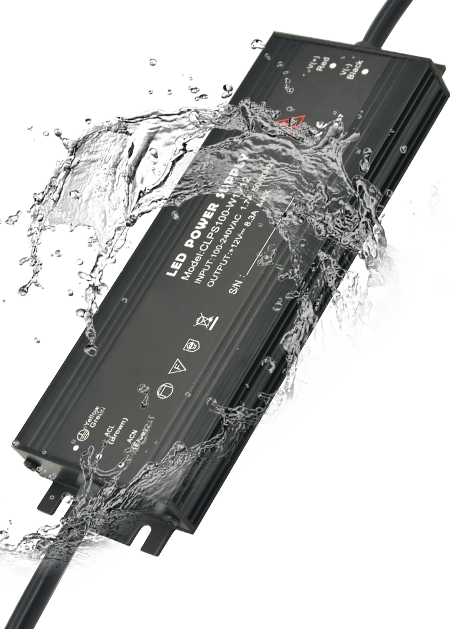Light dimming circuit with a Triac. The variable resistor VR1 plays a central role in the light dimmer circuit. The main power supply charges capacitor’C2′ in the circuit below. In the circuit, variable resistors VR1 and DIAC D1 are used to control the brightness of the lower stage.
Why are ELV dimmers so expensive?
An electronic low voltage (ELV) dimmer combined with an LED (light-emitting diode) is almost made in heaven. … That’s why they’re more expensive, but most LED lights come with some level of warranty.
What are the three types of dimmers?
Dimmers come in many different styles, including toggle switches, rotary switches, touch-sensitive dimmers, and various colors.
Most dimmers fall into these four bulb categories:
Incandescent and halogen bulbs.
Dimmable compact fluorescent lamps.
Low-Frequency Magnetic (MLV)
Low-Frequency Electronics (ELV)
Does the triac dim forward or backward?
Forward Phase Controls (Leading Edge)
The most common technology for doing forward phase controls is Triac-based dimming. In this type of dimming, a semiconductor acts as a switch that controls both positive and negative semi cycles.
Is a TRIAC AC or DC?
A triac switch is a semiconductor device used in an AC voltage circuit and extends a typical thyristor device. Triac switches are ideal for direct control of relays and/or starting coils in motors used in AC circuits. Transistor switches, on the other hand, operate on a DC circuit.
What is an example of a TRIAC?
Explanation: BT136 is an example of a TRIAC.
Are TRIACs and transistors the same thing?
Is a TRIAC a transistor? No, a transistor is a 3-layer device whose current is controlled by the gate. A triac is a 4-layer device that stays on once enough current has been applied to turn it on. Triacs are used with the alternating current because they conduct in both directions.
What are a TRIAC and its symbol?
TRIAC Symbol
The symbol consists of three terminals, namely gate, anode, or main terminal. The two terminals are labeled anode1 or anode2, main terminal MT1 or MT2. From the outside, the symbol can be seen as a thyristor with two terminals connected in series, as can be seen in the symbol. TRIAC Symbol.
What is the operating principle of an SCR?
The basic operating principle of the SCR is that conduction begins as soon as the trigger or bias voltage is applied to the gate terminal. Since it is a unidirectional device, the current flows in only one direction.
Is a thyristor a diode?
A thyristor is like two diodes.
As you can see, it looks like two diodes connected in series, but with an extra gate terminal at the bottom. Just like a diode, a thyristor is a rectifier: it only conducts in one direction.
Why do some dimmers need a neutral conductor?
Smart switches need to be powered at all times, so the neutral conductor is so important. The neutral wire allows you to close the circuit and power the switch even when it’s turned to the off position when you want to turn off the light.
What is forward dimming?
When you dim light or light source, you are not reducing the voltage; you draw current from the circuit. When you dim forward, it means that you cut off the forward part of the sine wave on the “positive current” side and the backward part on the “negative current” side.
What does ELV mean?
(Learn how and when to remove this template) ELV System for Buildings stands for an ultra-low voltage mechanical and electrical (M&E) system used in residential and commercial buildings for better control and safety.
How do I turn on TRIAC?
To turn on a TRIAC, a positive or negative gate voltage/pulse must be applied to the gate pin of the TRIAC. When one of the two SCRs inside is turned on, the TRIAC begins to conduct depending on the polarity of terminals MT1 and MT2.



